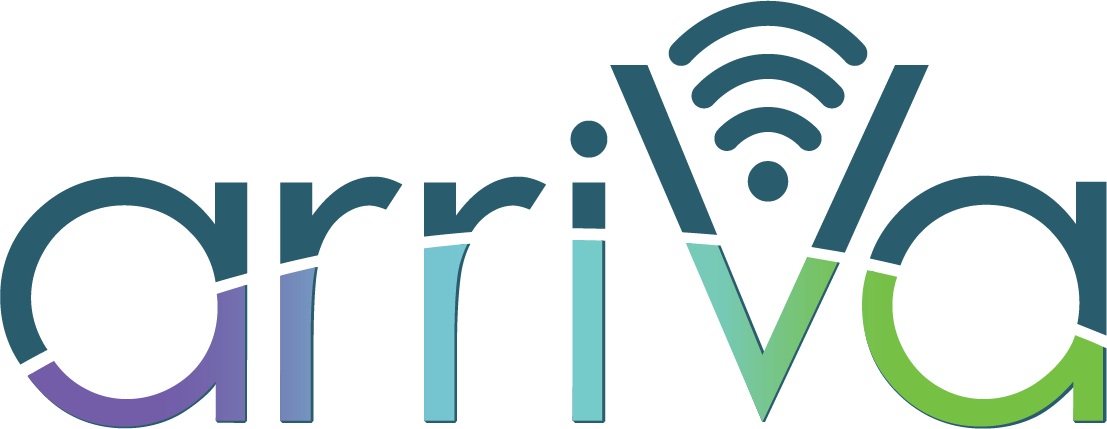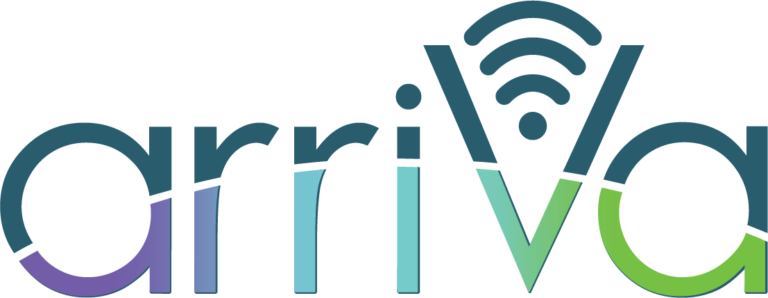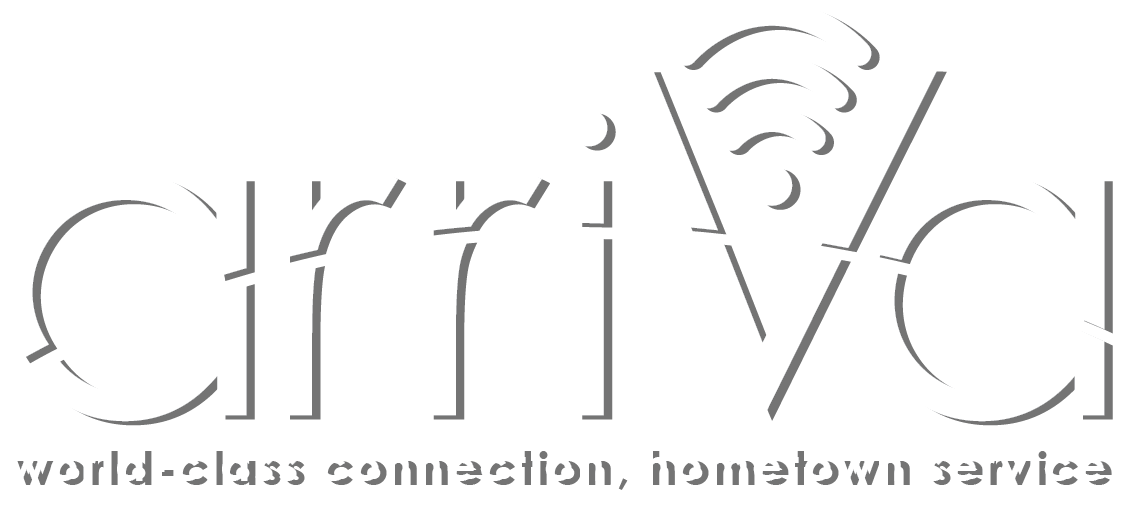

Get started
We're Here to Help
Have a question? Want to learn more about getting the most from your Arriva services? You’ve come to the right place. Access user guides and tools, manage your Arriva account, pay your bill online, or get in touch with us – it’s all here just for you. Whatever you need, we’re here to help.
Technical Help
Find answers to technical questions & device operations
Billing & Services
Exceptional Service: Elevate Your Billing Experience.
Resources
Securing Futures: Explore our Resources.
Speed Test
Wondering about the speed of your internet connection? Check out this speed test.


